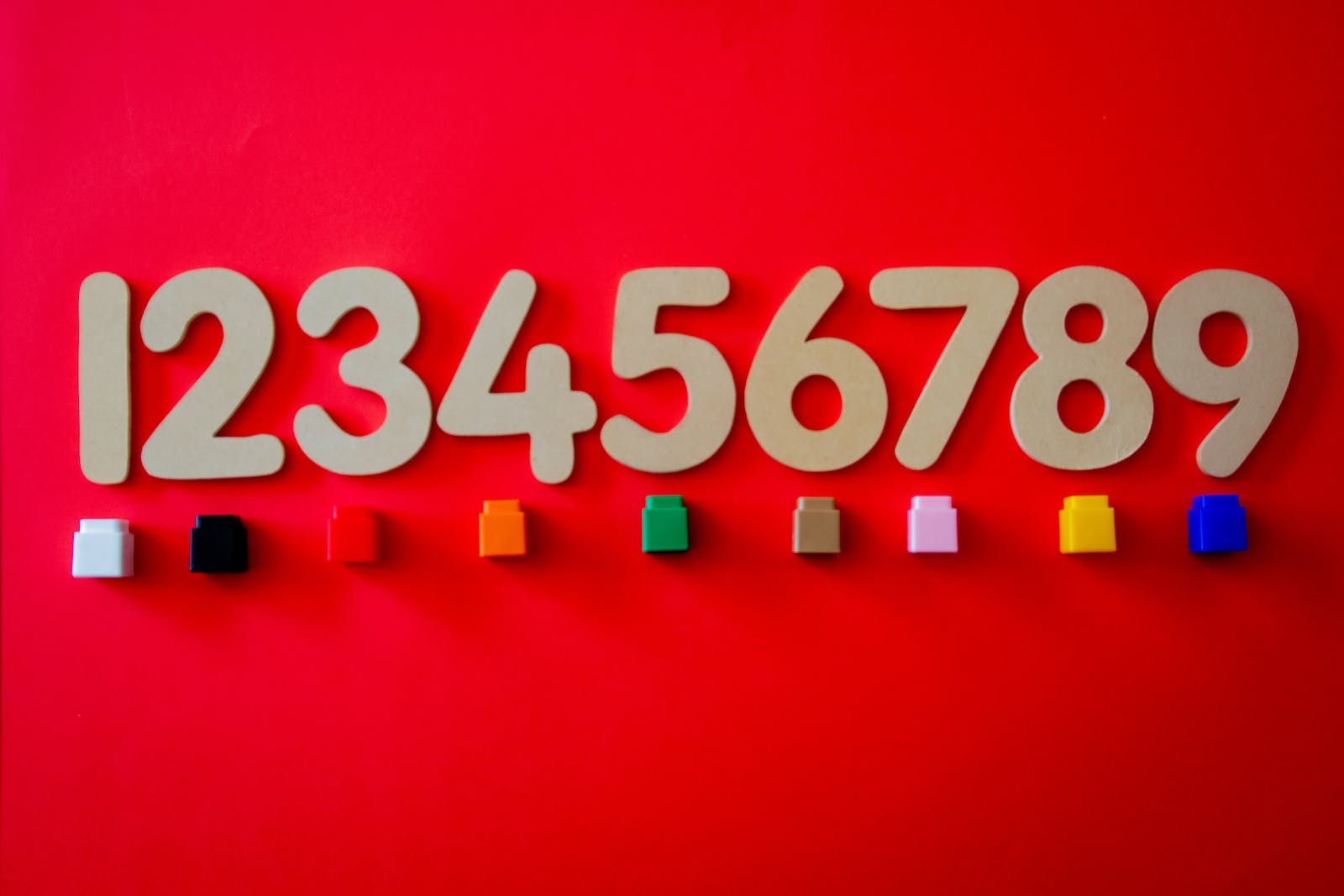Single-digit addition and subtraction are fundamental arithmetic operations. They are usually among the first math skills taught in elementary school. Let’s break down each one with explanations and examples.
Single-Digit Addition
Addition is the process of calculating the total of two or more numbers. With single-digit addition, you are adding numbers between 0 and 9.
Steps for Single-Digit Addition:
- Identify the Numbers: Recognize the numbers you are going to add.
- Add the Numbers: Combine the numbers to find the total sum.
- Result: The result should also be a single digit if the sum is less than 10. If it’s 10 or more, it becomes a two-digit number.
Examples:
- Adding Numbers Less Than 10:
- Example 1: 3 + 4
- You have three items, and you add four more. Now count them all together: 1, 2, 3, 4, 5, 6, 7. So, 3 + 4 = 7.
- Example 2: 2 + 5
- You have two items, and you add five more. Count them: 1, 2, 3, 4, 5, 6, 7. Thus, 2 + 5 = 7.
- Example 1: 3 + 4
- Adding to Make 10:
- Example: 7 + 3
- You have seven items, and you add three more. Counting them gives you ten in total. So, 7 + 3 = 10.
- Example: 7 + 3
Single-Digit Subtraction
Subtraction is the process of taking one number away from another. With single-digit subtraction, you are working with numbers between 0 and 9.
Steps for Single-Digit Subtraction:
- Identify the Numbers: Recognize the larger number (from which you will subtract) and the smaller number (the amount to subtract).
- Subtract the Smaller Number from the Larger Number: Remove the smaller number from the larger number.
- Result: The result is the difference between the two numbers.
Examples:
- Subtracting a Smaller Number:
- Example 1: 6 – 2
- You have six items, and you take away two. Count what’s left: 1, 2, 3, 4. So, 6 – 2 = 4.
- Example 2: 8 – 3
- You have eight items, and you take away three. Count what remains: 1, 2, 3, 4, 5. Thus, 8 – 3 = 5.
- Example 1: 6 – 2
- Subtracting to Get to Zero:
- Example: 5 – 5
- You have five items, and you take away five. Nothing is left. So, 5 – 5 = 0.
- Example: 5 – 5
Tips for Learning:
1. Use Real Objects
Using tangible objects can significantly aid in understanding and memorizing basic arithmetic operations. This method is often referred to as “concrete representation” in math education.
- How to Use: Gather small items like coins, blocks, beads, or even snacks like raisins. When adding or subtracting, physically move these items to show the process. For example, if you’re solving 4 + 3, start with four objects, then add three more to the group. Count the total to find the answer.
- Benefits: This method helps in visualizing abstract concepts. It’s especially useful for young learners or those struggling with abstract thinking.
- Variations: As learners become more comfortable, switch to drawing representations (like dots or tally marks) before moving entirely to mental math.
2. Practice
Regular practice is crucial in mastering basic arithmetic. Repetition helps in memorizing the facts, making calculations faster and more accurate over time.
- Daily Exercises: Set aside a few minutes each day for practice. Use worksheets, flashcards, or digital apps designed for arithmetic practice.
- Games and Activities: Incorporate math games that involve addition and subtraction. Many educational games are available online, or you can create simple games like math bingo or number matching.
- Real-Life Scenarios: Encourage applying these skills in daily life. For example, when shopping, ask how many items are left if one is taken away, or how many items in total if two groups are combined.
3. Use Number Lines
A number line is a straight line with numbers placed at equal intervals along its length. It’s an excellent tool for visualizing and understanding the relationship between numbers.
- How to Use: Draw a line and mark numbers from 0 to 9. For addition, start at the first number and move to the right for the second number. For subtraction, do the opposite: start at the first number and move to the left for the second number.
- Benefits: Number lines help in understanding that addition involves moving forward (increasing value) and subtraction involves moving backward (decreasing value).
- Activities: Create a number line on paper, on the ground with chalk, or use a digital number line. Practice by asking to show different addition or subtraction problems on the number line.
Additional Tips:
- Story Problems: Create simple story problems to make the math more relatable. For example, “Sam had 3 apples. He got 2 more from his friend. How many does he have now?”
- Peer Learning: If possible, learning in pairs or groups can be beneficial. Children often learn well from explaining concepts to each other.
- Positive Reinforcement: Celebrate successes and progress, no matter how small. Positive reinforcement encourages continued effort and interest in the subject.
By combining these methods, learners can develop a strong foundation in basic arithmetic, which is crucial for more advanced mathematical concepts later on.
Remember, the key to mastering single-digit addition and subtraction is practice and familiarity with the numbers and how they combine or separate.
